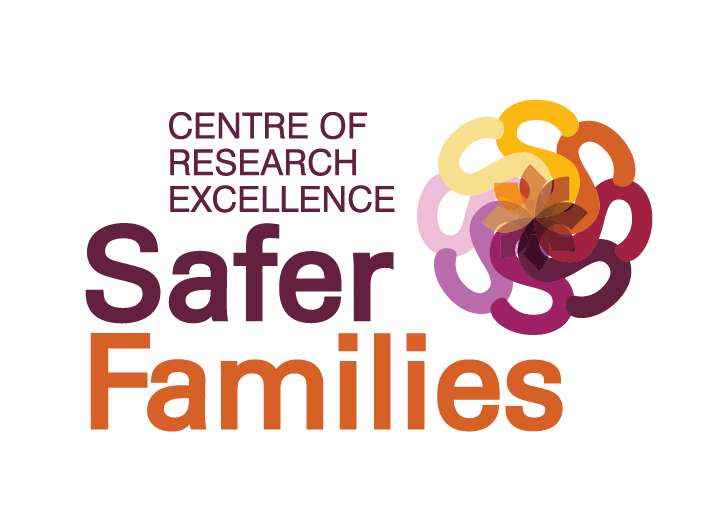Service Readiness Assessment Tool
Questionnaire
Italicised items are minimum requirements
Service delivery
Are there written protocols for provision of health care to patients subjected to violence?
Is a minimum package of care being provided (that is, identification of survivors of intimate partner violence/family violence, first-line support, clinical care for sexual assault, basic psychosocial support)?
Health workforce
Are there health-care providers whose job descriptions assign them specific responsibilities to address violence against women/family violence?
Have health-care providers received training on responding to violence against women/family violence?
Are there mechanisms to provide ongoing mentoring, supervision and support to health-care providers?
Infrastructure and resources
Is there a space (for example, a room or area) available for private and confidential consultation (that is, that ensures the survivor cannot be seen or heard from outside)?
Is easy-to-read written information available and provided to women when safe to do so?
Leadership, governance and accountability
Do health-care providers and health managers support addressing violence against women/family violence (for example, willing to provide care, supportive of sending staff to training)?
Are there confidential mechanisms to receive feedback from women about services, including any grievances or violations of rights in the health facility (for example, a helpline, ombudsperson, complaint box)?
Is there a work-place policy addressing discrimination and violence, including sexual harassment faced by health-care providers themselves?
Budget and financing
Is there a budget allocated for provision of care/services (for example, for staff training, procuring specific commodities)?
Multisectoral coordination and community engagement
Is there a referral system in place across different health services and between health and other sectors (for example, a referral directory, information offered to survivors about available services)?
Have other services (for example, police) and organizations (for example, local NGOs working on violence against women/family violence) been informed about available health services?
Information, monitoring and evaluation
Are indicators and data to monitor the health response to violence against women/family violence being collected, compiled and used to improve services?
Are there intake forms/registers and confidentiality mechanisms (for example, secure storage and removal of identifying information) for recording information about patient’s experience of violence and care received?
READY: YES / NO
GAPS
COMMENTS
World Health Organisation (2017) Strengthening health systems to respond to women subjected to intimate partner violence or sexual violence.
To access the original source click HERE

